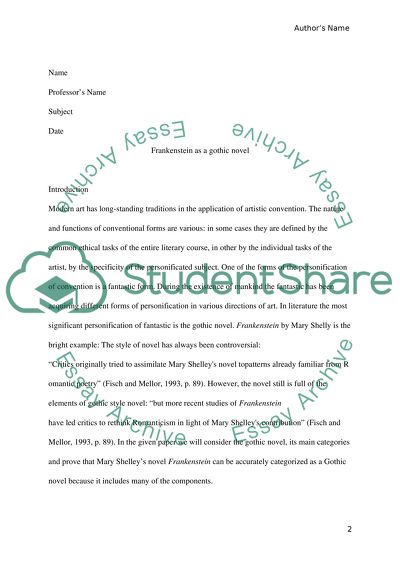Cite this document
(“Defend Frankenstein as a Gothic Novel Research Paper - 1”, n.d.)
Defend Frankenstein as a Gothic Novel Research Paper - 1. Retrieved from https://studentshare.org/literature/1619723-defend-frankenstein-as-a-gothic-novel
Defend Frankenstein as a Gothic Novel Research Paper - 1. Retrieved from https://studentshare.org/literature/1619723-defend-frankenstein-as-a-gothic-novel
(Defend Frankenstein As a Gothic Novel Research Paper - 1)
Defend Frankenstein As a Gothic Novel Research Paper - 1. https://studentshare.org/literature/1619723-defend-frankenstein-as-a-gothic-novel.
Defend Frankenstein As a Gothic Novel Research Paper - 1. https://studentshare.org/literature/1619723-defend-frankenstein-as-a-gothic-novel.
“Defend Frankenstein As a Gothic Novel Research Paper - 1”, n.d. https://studentshare.org/literature/1619723-defend-frankenstein-as-a-gothic-novel.


